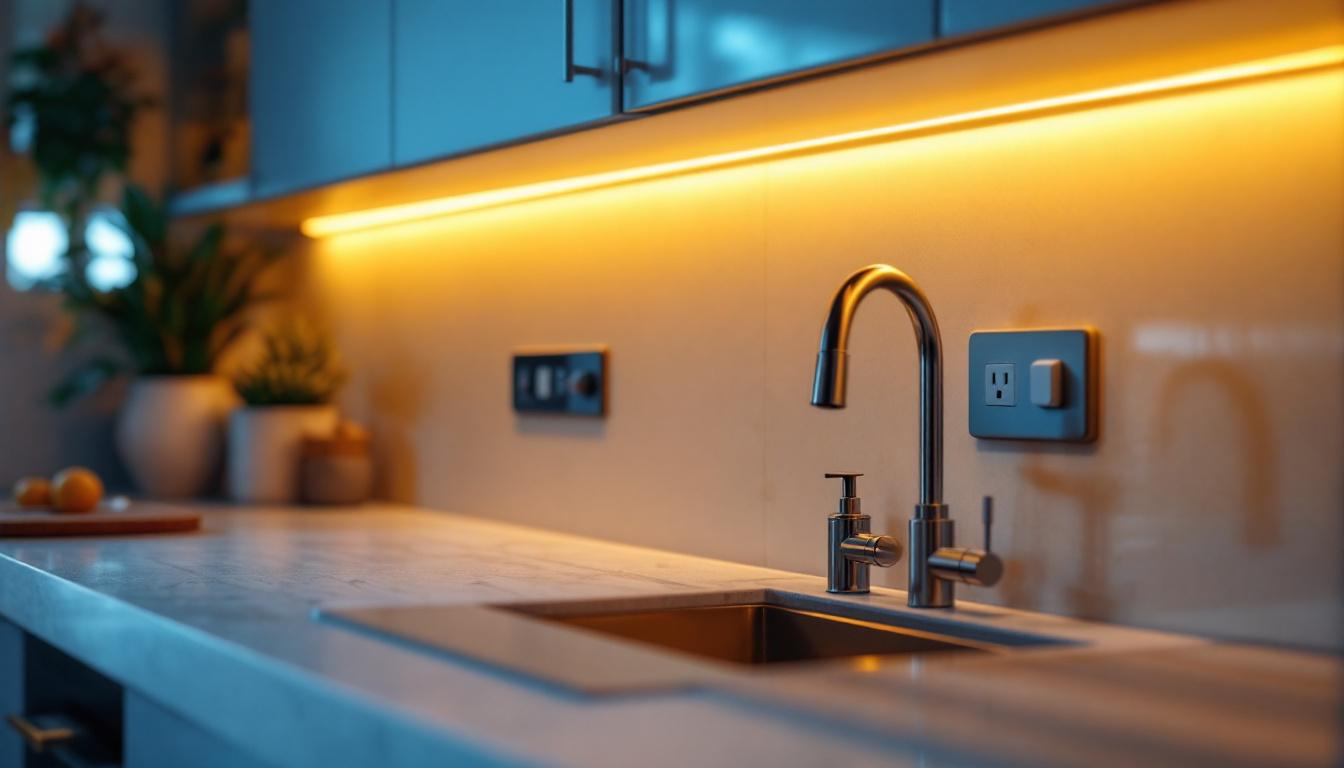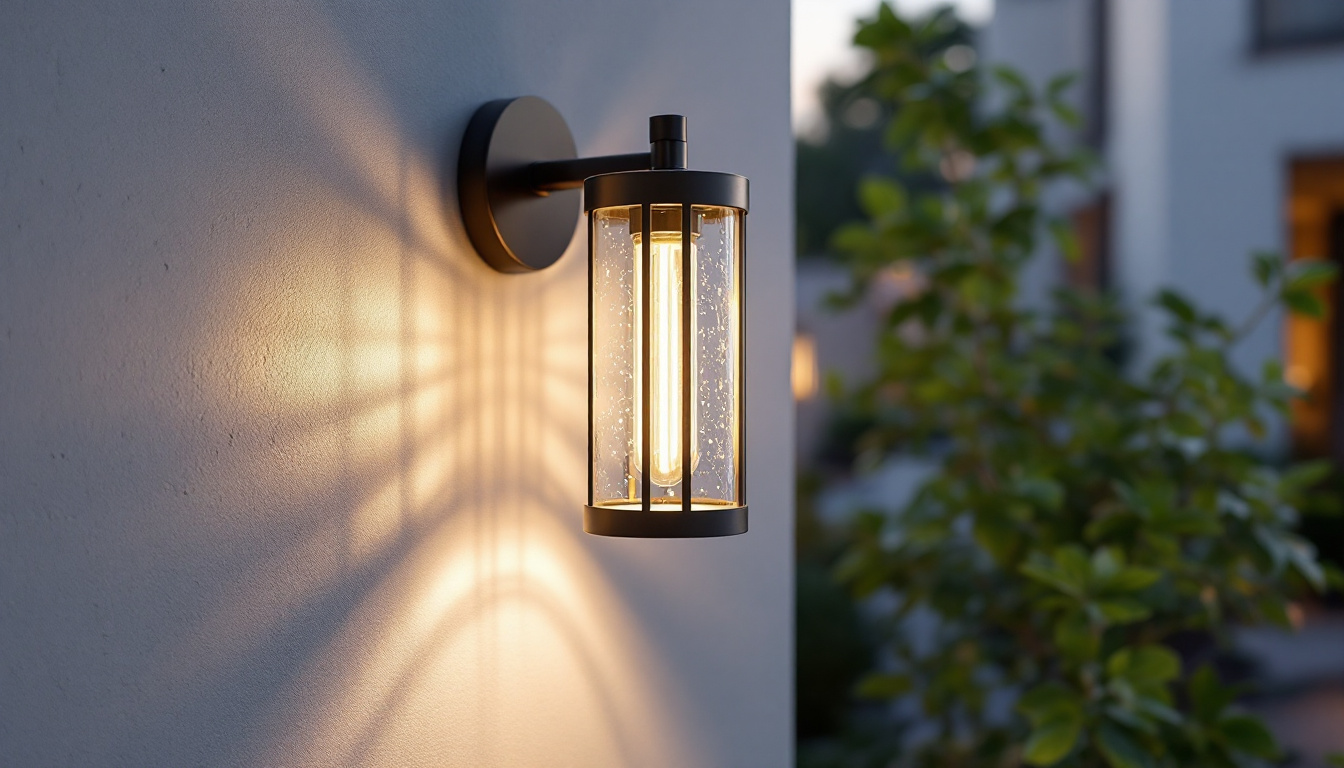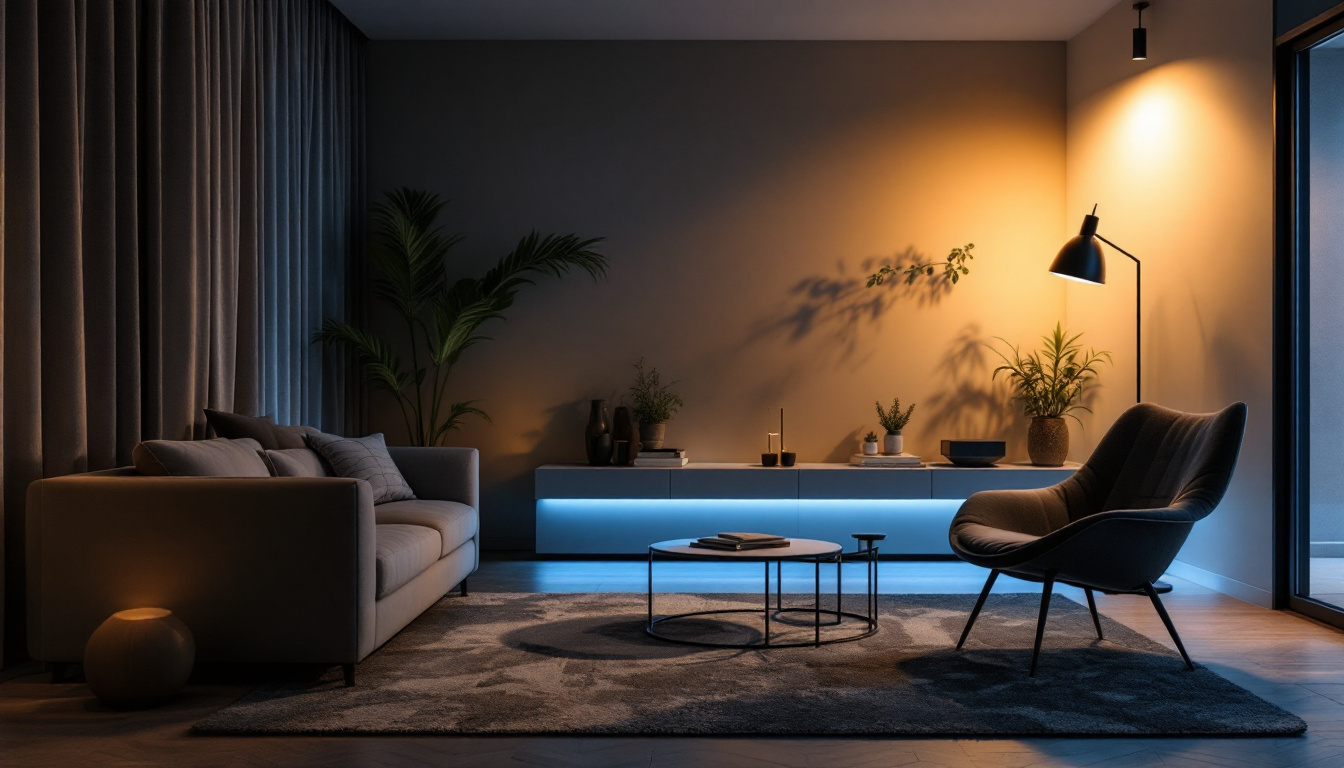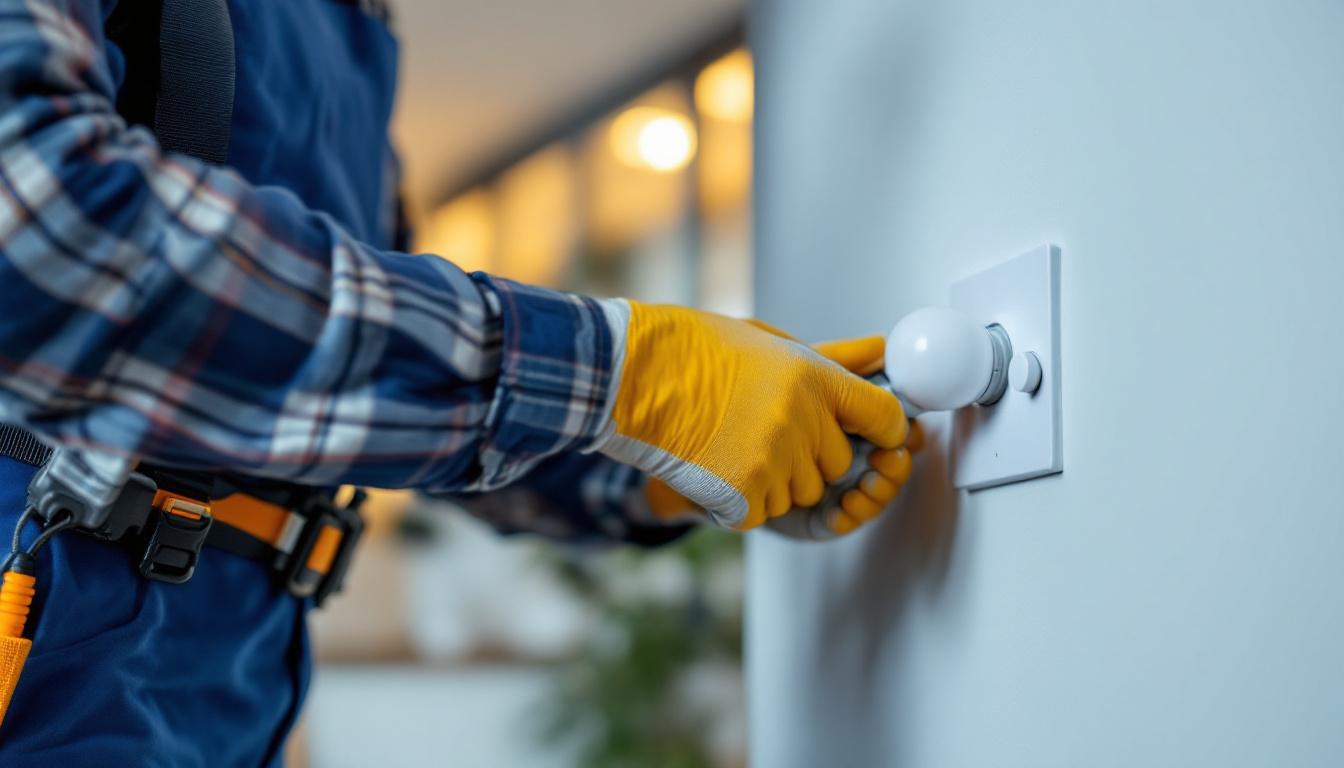
Under cabinet lighting has become a popular choice for both residential and commercial spaces, providing functional illumination while enhancing aesthetic appeal. However, when integrating outlets into under cabinet lighting systems, compliance with electrical codes and safety standards is crucial. This article aims to provide lighting contractors with essential information regarding compliance, installation practices, and best practices for under cabinet lighting with outlets.
Compliance with local and national electrical codes is paramount for any lighting contractor. The National Electrical Code (NEC) outlines specific guidelines that must be followed when installing under cabinet lighting with outlets. Familiarity with these regulations ensures safety and functionality while minimizing the risk of costly rework or legal issues. Adhering to these codes not only protects the contractor from potential liabilities but also instills confidence in clients regarding the safety and reliability of their electrical installations.
The NEC provides a framework for safe electrical installations. For under cabinet lighting that includes outlets, contractors must pay attention to several key aspects:
In addition to the NEC, local codes may impose additional requirements. It’s essential for contractors to consult local building authorities to ensure compliance with any specific regulations that may apply to their area. This includes understanding any amendments to the NEC or additional safety measures required by local jurisdictions. Local codes can vary significantly, reflecting the unique environmental and safety concerns of different regions, so staying informed about these variations is crucial for successful project execution.
Moreover, local building codes may also dictate specific installation practices, such as the use of certain types of fixtures or the necessity for permits before commencing work. Contractors should also be aware of any inspection processes that may be required upon completion of the installation. These inspections can help ensure that all work meets the necessary standards and provides an additional layer of assurance for both the contractor and the client. Engaging with local code officials early in the planning process can help streamline the project and avoid any delays related to compliance issues.
Proper installation techniques are critical for ensuring the longevity and safety of under cabinet lighting with outlets. Following best practices can help contractors avoid common pitfalls and deliver high-quality installations.
Before beginning installation, a well-thought-out plan is essential. Contractors should consider the following:
In addition to these considerations, it is also vital to take into account the overall aesthetic of the kitchen or workspace. The placement of lighting fixtures should enhance the room’s design while providing adequate illumination for tasks. For instance, under-cabinet lighting can help eliminate shadows on countertops, making it easier to prepare food or complete other tasks. Furthermore, contractors should consider the color temperature of the lighting, as warmer tones can create a cozy atmosphere, while cooler tones can promote a more energetic environment.
Wiring is a critical component of any electrical installation. For under cabinet lighting with outlets, contractors should:
Moreover, it is crucial to adhere to local electrical codes and regulations, which can vary significantly from one area to another. These codes dictate not only the type of materials that can be used but also the methods of installation to ensure safety and compliance. Contractors should stay informed about any updates to these regulations and incorporate them into their planning and execution. Additionally, using high-quality materials, such as moisture-resistant wiring in areas prone to humidity, can significantly enhance the durability and safety of the installation, ultimately leading to fewer repairs and a longer lifespan for the lighting system.
The selection of fixtures plays a significant role in the effectiveness of under cabinet lighting. Contractors should consider various factors when choosing the right products for their projects.
There are several types of fixtures available for under cabinet lighting, each with its own advantages:
Energy efficiency is a critical factor in modern lighting design. Contractors should prioritize energy-efficient options to reduce long-term costs for clients:
Safety should always be a top priority during any electrical installation. Adhering to safety measures not only protects the contractor but also ensures the safety of the end-users.
Contractors should always wear appropriate PPE while working on electrical installations. This includes:
Using the right tools is essential for a safe and efficient installation. Contractors should ensure they have access to:
Once the installation is complete, several post-installation steps should be taken to ensure everything is functioning correctly and safely.
Before leaving the job site, contractors should thoroughly test the installed lighting and outlets:
Educating clients about the operation and maintenance of their new under cabinet lighting system is essential. Contractors should provide information on:
Under cabinet lighting with outlets presents a unique opportunity for lighting contractors to enhance both functionality and aesthetics in residential and commercial spaces. By understanding compliance requirements, adhering to best practices during installation, and prioritizing safety, contractors can deliver high-quality, reliable lighting solutions. With the right knowledge and skills, contractors can navigate the complexities of under cabinet lighting installations and provide clients with a seamless, enjoyable experience.
Ultimately, staying informed about the latest trends, technologies, and regulations in the lighting industry will empower contractors to excel in their field. As the demand for innovative lighting solutions continues to grow, embracing these practices will ensure success and satisfaction for both contractors and their clients.
Ready to elevate your lighting installations with the best in under cabinet lighting solutions? Look no further than LumenWholesale, where we provide contractors with top-quality, spec-grade lighting products at unbeatable wholesale prices. Our extensive selection is designed to meet the highest industry standards, ensuring you get reliable, high-performance lighting for every project. Plus, with free shipping on bulk orders, you can stock up on premium lighting without the hidden fees or compromises. Don’t miss out on the perfect blend of quality, affordability, and convenience. Visit LumenWholesale today for Wholesale Lighting at the Best Value, and make your next project shine.

Discover the key factors that distinguish top lighting contractors when it comes to outdoor wall mount lights.

Explore the innovative strategies of Chandiler, a leading smart lighting contractor, as they revolutionize the industry with cutting-edge technology and sustainable solutions.

Explore the essentials of dimmer switches for LED lighting in this comprehensive guide.

Explore the diverse world of light sockets and discover how understanding their types can unlock success for lighting contractors.